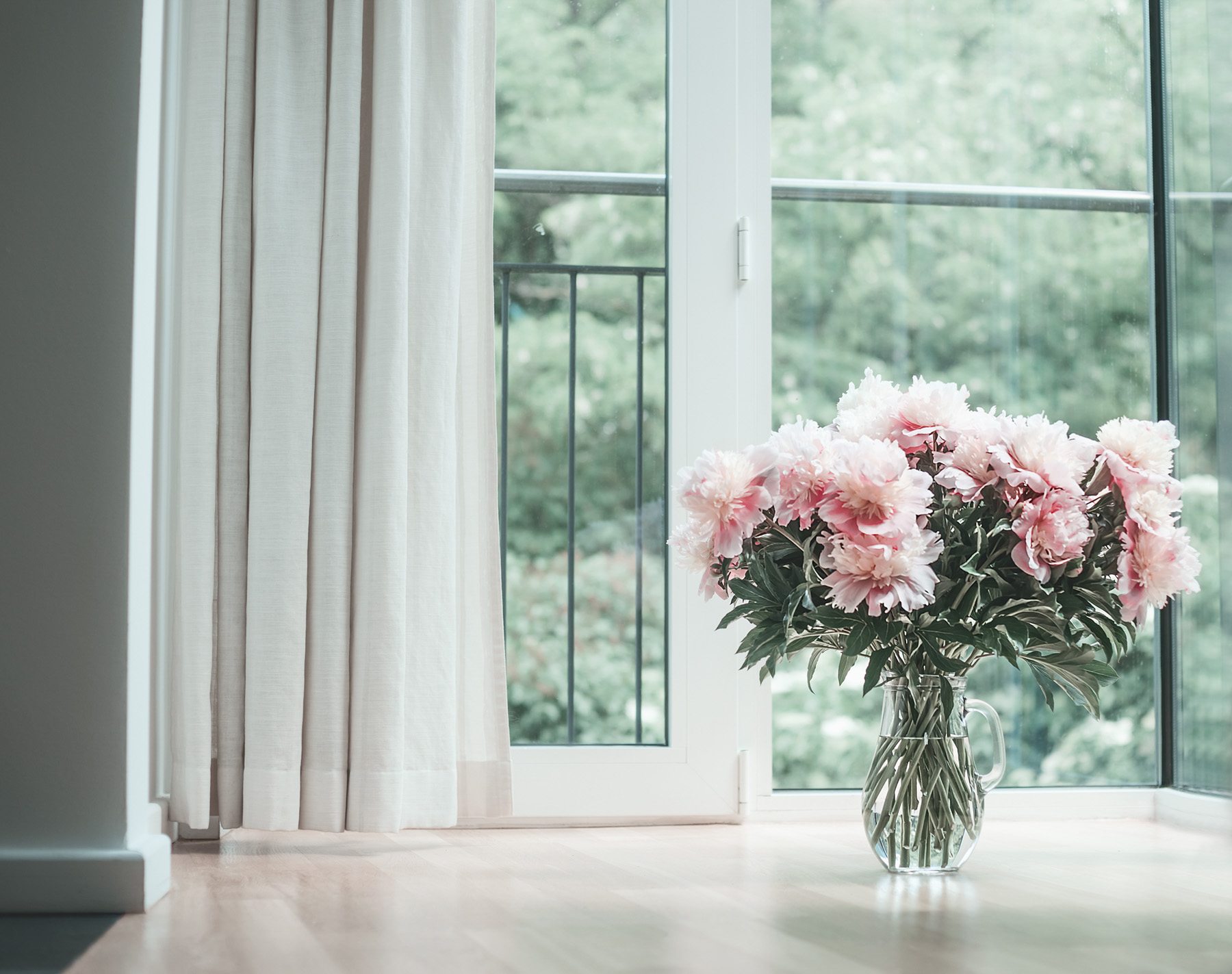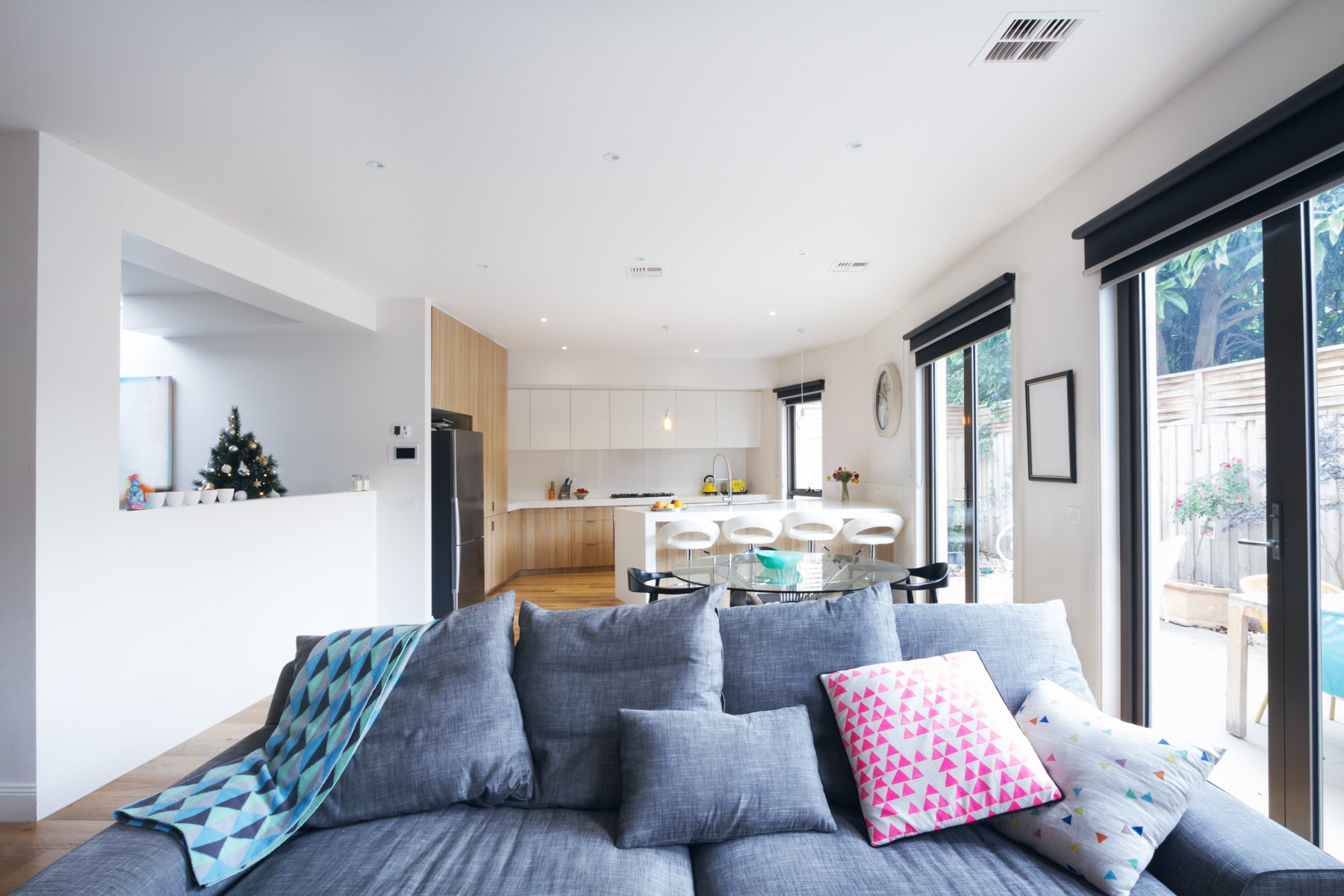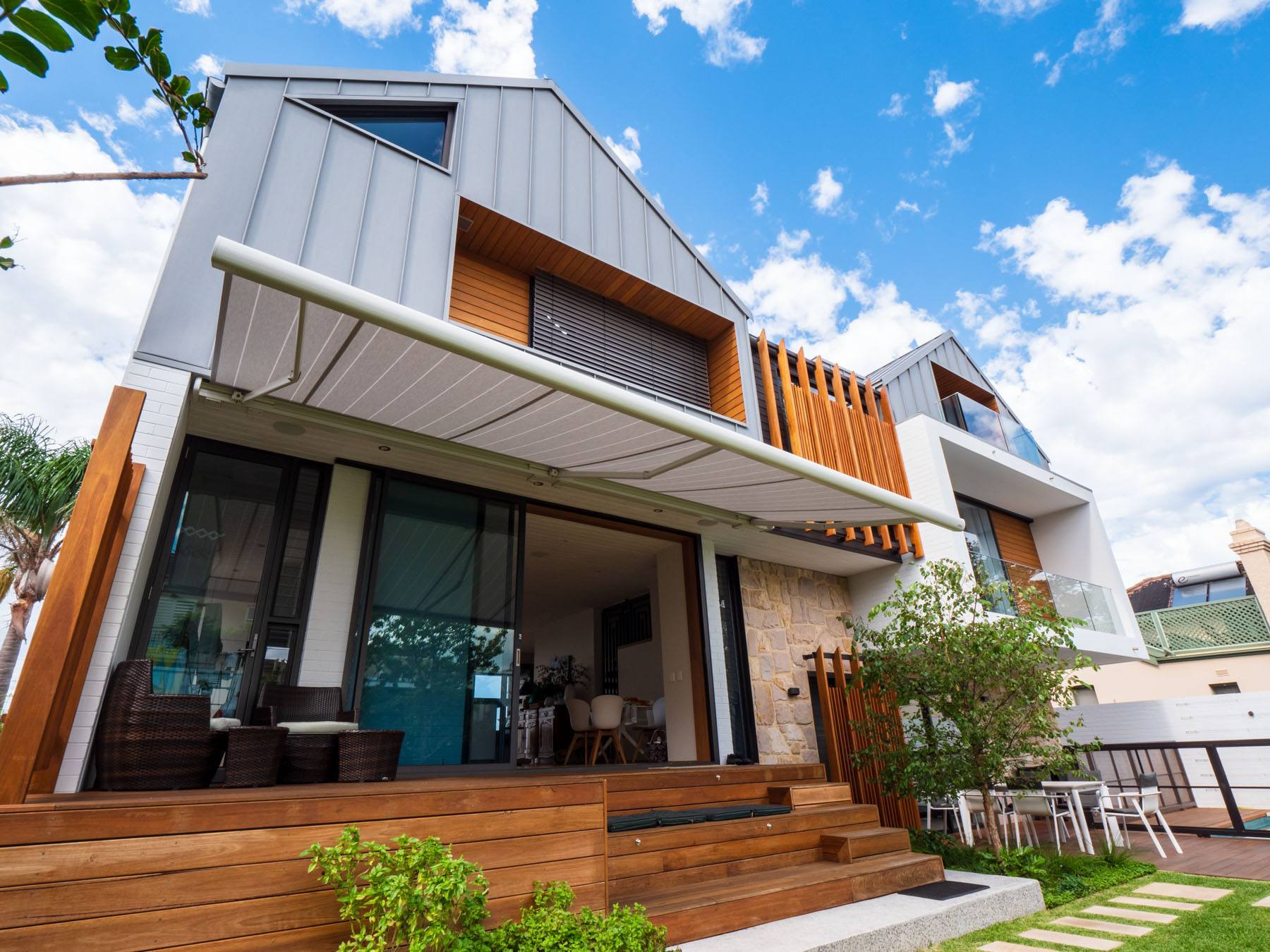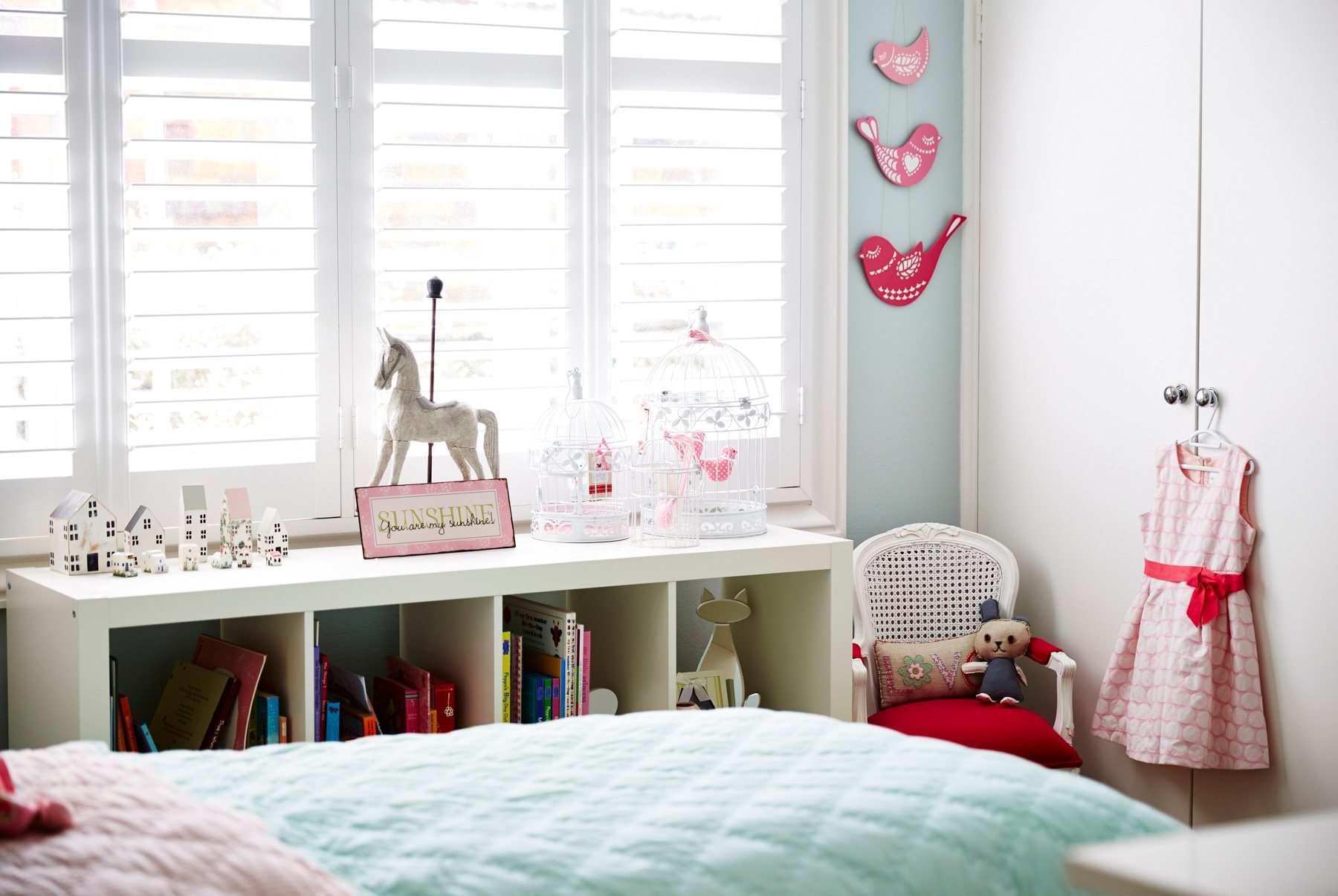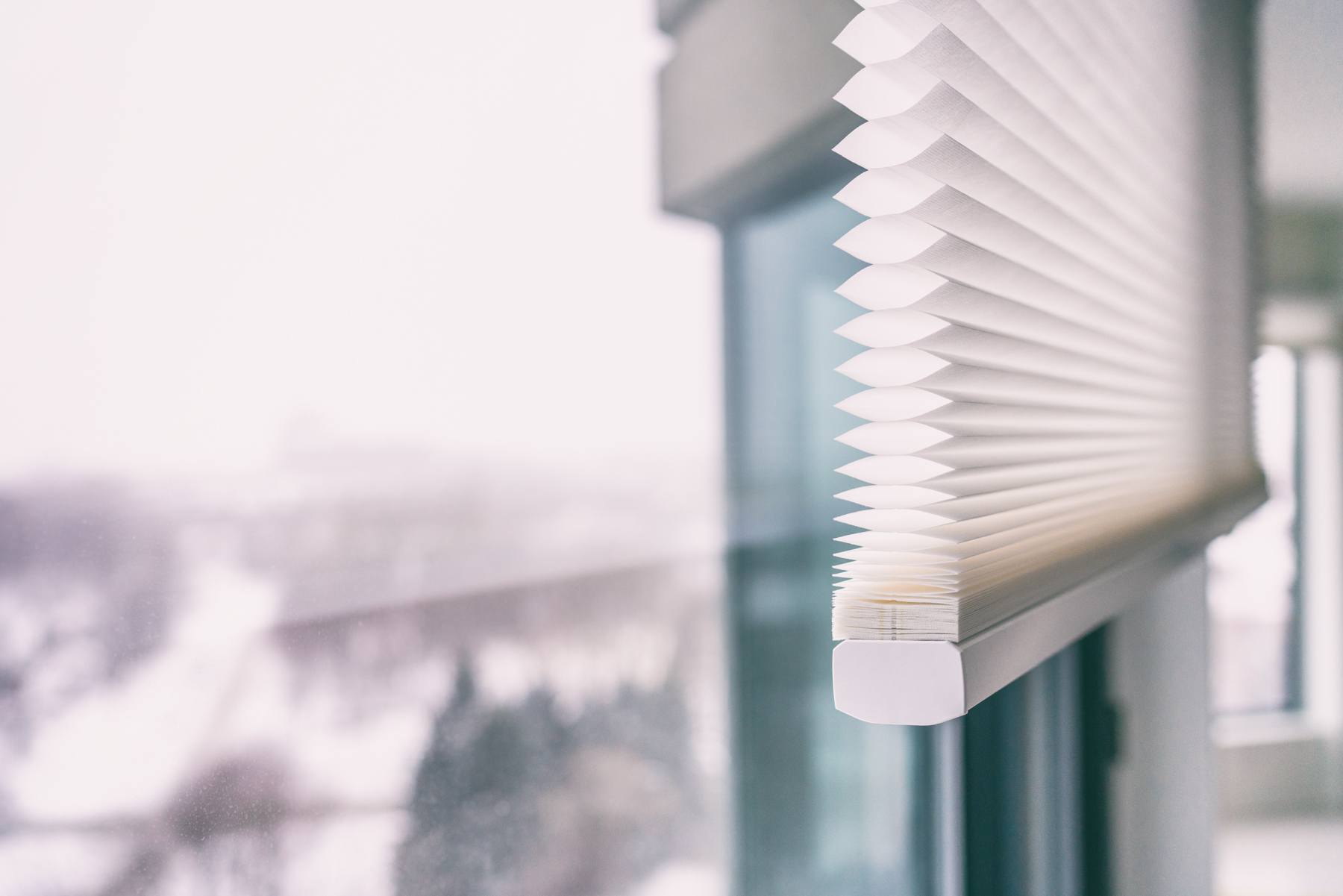No matter whether it’s winter or summer, did you know that your window covering choices can actually help your electricity bill and your carbon footprint?
No matter what time of year, it’s always nice to pay attention to our windows. They let in the fresh air and the light, and in doing so, add a bit of warmth into our homes.
In fact, did you know that up to 40% of a home’s heating can be lost, and up to 87% of its heat gained through windows? Blinds and curtains work by reflecting the incoming heat back out through the window, which is why they are quite effective in regulating temperature inside.
Dressing windows correctly can also help with our energy bills, helping our wallets and lowering our impact on the environment.
So what kind of window coverings should you be considering?
Curtains and blockout blinds
The heaviness of the drapery and the fact that curtains are often fitted beyond the window frame, means essentially there is an insulating air pocket between the fabric and the glass panel. This can help your energy bill by almost a third.
If you really want to keep the temperature cool in summer and warm in winter, consider some blockout blinds. They have really earned their reputation for helping with energy efficiency because they work wonders in keeping the unwanted air out.
External blinds, shutters and awnings
External blinds, shutters and awnings help reduce the impact of the elements by blocking extremes in temperature before they’re transmitted through the window.
A key thing to remember is that you should open these during the warmer parts of the day during winter, and during summer, close them during the hottest parts. This helps regulate the temperature inside by warming up the space or cooling it down, whichever you require.
External blinds and shutters can become a beautiful architectural element of your home so never be afraid to include them in your design. See what they look like in this Coogee project.
Internal shutters
It’s not just external shutters that work their magic. Don’t discount the benefits of internal ones.
Shutters are an excellent choice because they allow you to control the light, while also protecting you from the external elements.
Importantly here, when shutters are closed, the air between the shutter and the window tends to stay put because there are no moving parts like in blinds or curtains. This means they can help keep the temperature stable.
The other benefit of shutters is that they are usually custom-made to fit the window frame perfectly so there are no gaps.
Honeycomb blinds
Honeycomb blinds are super insulating which means they’re also super energy-efficient. Leave your air conditioner or heater to relax while the honeycomb blinds do the work.
They’re quite unique in that the honeycomb feature, from which they get their name, traps the air from the outside before it even enters the room. This keeps your indoor temperature as constant as possible, meaning you’ll stay warm in winter and cool in summer.
Use the outside temperature
One of the most important things to remember when utilising blinds and shutters to help keep energy bills low, is to actually use the outside temperature to your advantage.
This means during winter, uncovering windows during the hottest part of the day, especially if the window is north-facing, and closing window coverings as the outside air temperature drops, which is usually around 4pm.
In the summer, it’s the opposite. Leave your blinds, shutters and curtains closed during the middle of the day as this tends to be when the sun is at its strongest.
No matter which option you choose, covering your windows and using these window coverings effectively can greatly reduce your energy bills, which in turn, helps your wallet and the environment. It’s a win/win/win in our books.

